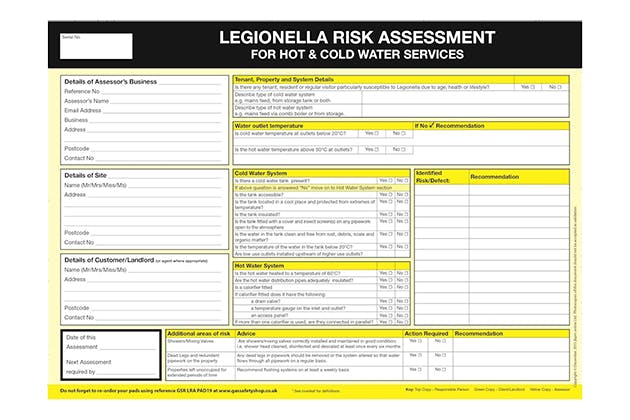Fast & Affordable Legionella Risk Assessment London

Welcome to our new website, your comprehensive source of information on Legionella Risk Assessment. In this detailed guide, we unravel the importance of assessing the risks associated with Legionella bacteria, why Legionella Risk Assessments are crucial, and how they are essential for safeguarding public health in various settings.
Understanding Legionella Risk Assessment: Defining the Essentials
A Legionella Risk Assessment is a systematic evaluation of water systems to identify potential sources of Legionella bacteria growth and dissemination. Legionella bacteria can lead to Legionnaires’ disease, a severe form of pneumonia, and other related illnesses. This assessment aims to prevent outbreaks by identifying and managing conditions that facilitate bacterial growth and transmission.
Prioritizing Public Health: The Critical Need for Legionella Risk Assessment
In environments where water systems are in use, Legionella bacteria can proliferate, posing serious health risks. Legionella Risk Assessments are not just preventive measures; they are a proactive approach to ensure the safety and well-being of individuals using facilities such as hospitals, hotels, workplaces, and residential complexes.
Legionella Risk Assessments and Regulatory Compliance
Compliance with regulations is not only a legal obligation but a moral responsibility. Many regions mandate regular Legionella Risk Assessments for certain establishments, particularly those with complex water systems. Adhering to these regulations is not just about avoiding penalties; it’s about demonstrating a commitment to public health and safety.
The Process of Legionella Risk Assessment: From Inspection to Safety Assurance
Legionella Risk Assessments involve a series of steps to comprehensively evaluate water systems:
- Site Inspection: Qualified assessors inspect the water systems to identify potential sources of Legionella bacteria, such as cooling towers, water tanks, showers, and hot tubs.
- Identification of Risk Factors: The assessment focuses on factors that promote bacterial growth, including temperature, stagnation, scale build-up, and areas susceptible to biofilm formation.
- Risk Evaluation: Assessors determine the likelihood of Legionella bacteria growth and the potential for exposure, taking into account the characteristics of the water system and its usage.
- Mitigation Strategies: Based on the assessment findings, experts recommend measures to control or eliminate bacterial growth. These may include temperature adjustments, cleaning procedures, and regular maintenance.
Interpreting Legionella Risk Assessment Reports: Empowering Safety
Upon completion of the assessment, a detailed report is generated. This report outlines the assessment process, findings, and recommendations. It’s a tangible tool that guides property owners, facility managers, and other stakeholders in taking the necessary steps to mitigate Legionella risks.
Beyond Compliance: The Broader Benefits
While complying with regulations is essential, the advantages of Legionella Risk Assessments extend beyond legal requirements:
- Public Confidence: Demonstrating a commitment to water safety enhances the reputation and trustworthiness of establishments.
- Health and Safety: A thorough assessment and proper mitigation strategies prevent potential outbreaks, protecting occupants and visitors.
- Cost Savings: Proactive measures prevent costly outbreaks, potential lawsuits, and damage to an organization’s reputation.
Conclusion: Championing Water Safety Through Assessment
Our new website is your gateway to understanding the critical importance of Legionella Risk Assessments. From identifying risks to implementing mitigation strategies, Legionella Risk Assessments are a cornerstone of water safety. Explore our site to gain insights, access resources, and ensure that your water systems prioritize health, safety, and peace of mind for all who use them.
